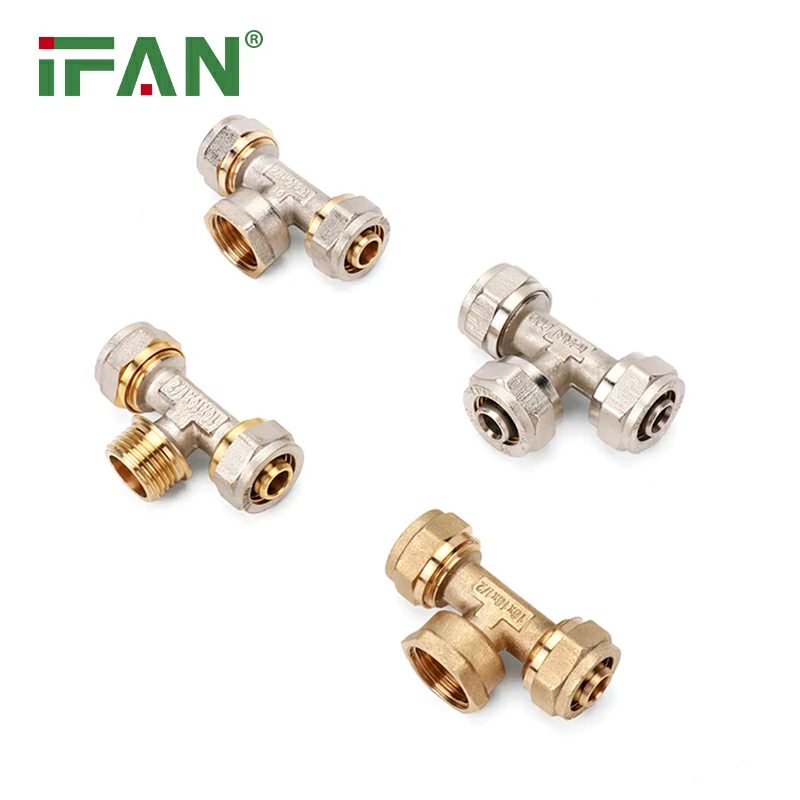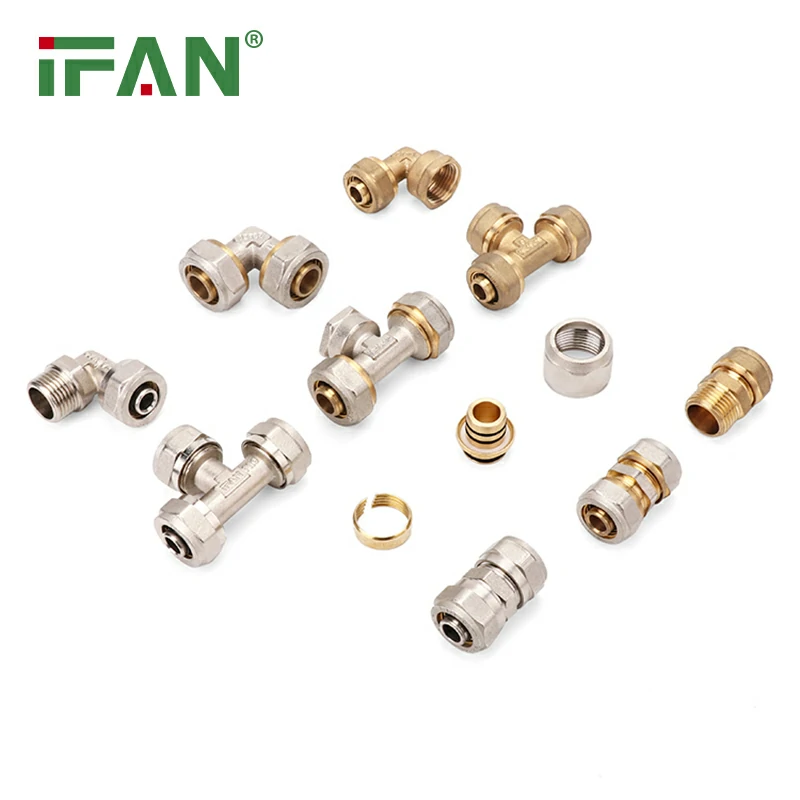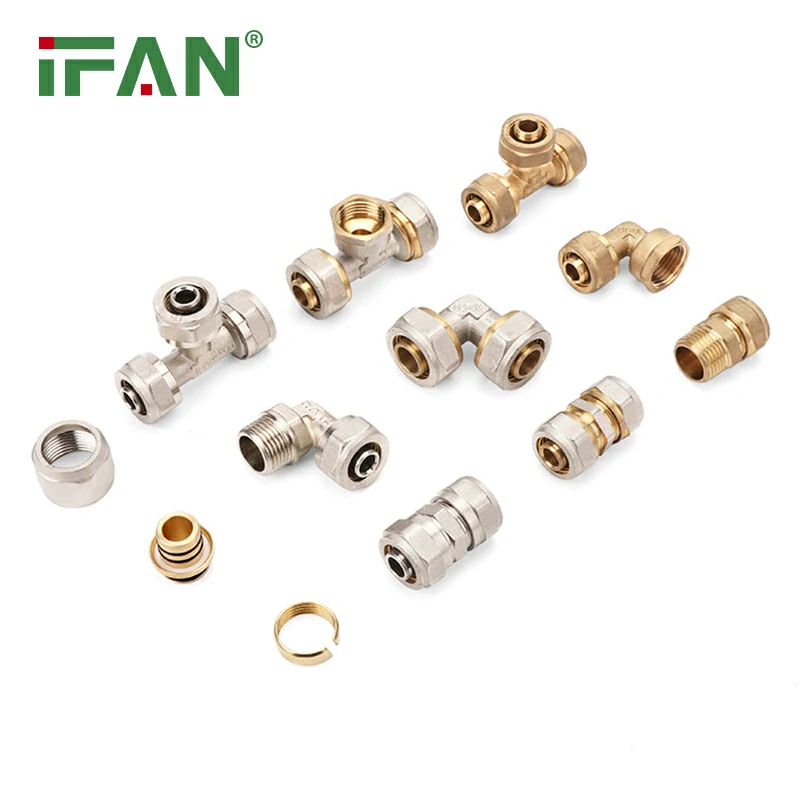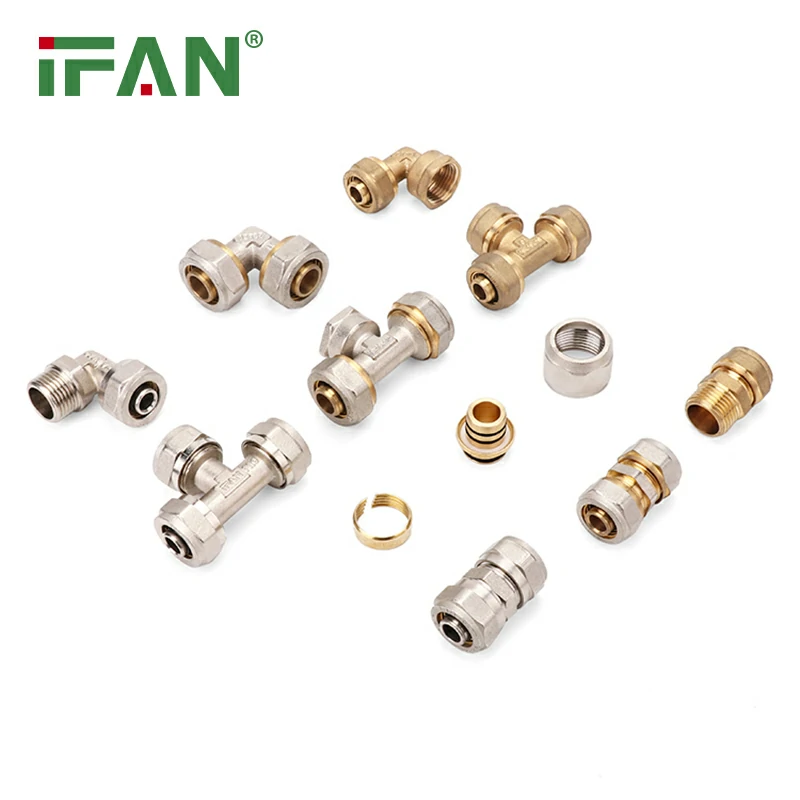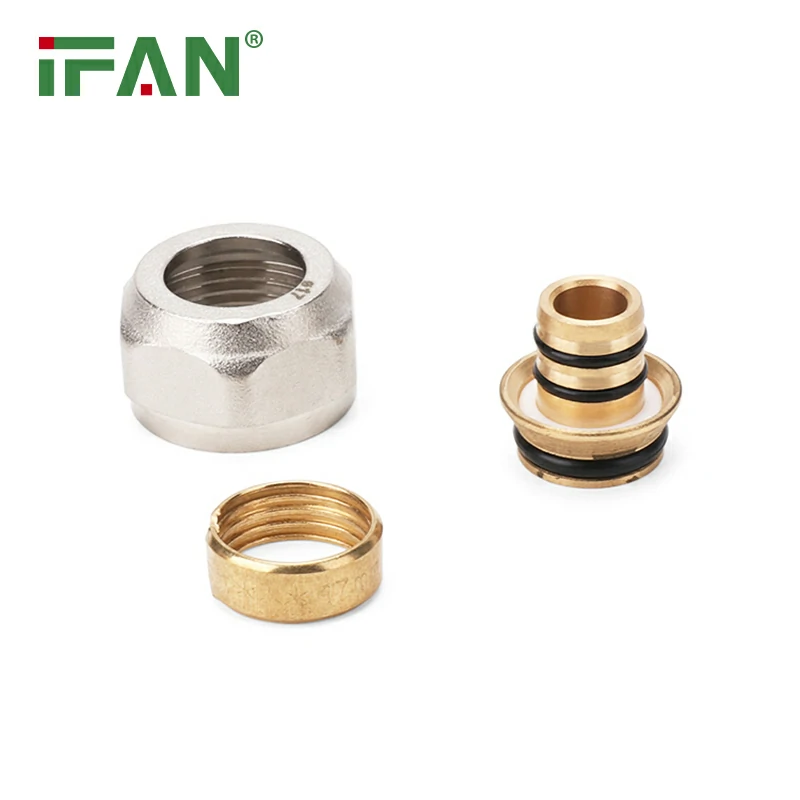Introduction
In the world of plumbing and construction, the choice of piping materials is critical for ensuring efficiency, durability, and performance. Uponor, a leading manufacturer in the plumbing industry, is renowned for its innovative PEX (cross-linked polyethylene) pipe systems. While PEX pipes offer numerous advantages, alternatives such as PPR (Polypropylene Random Copolymer) pipes are gaining popularity for various applications. This article will delve into the support systems for Uponor PEX pipes and explore the benefits of PPR pipes as a viable alternative.
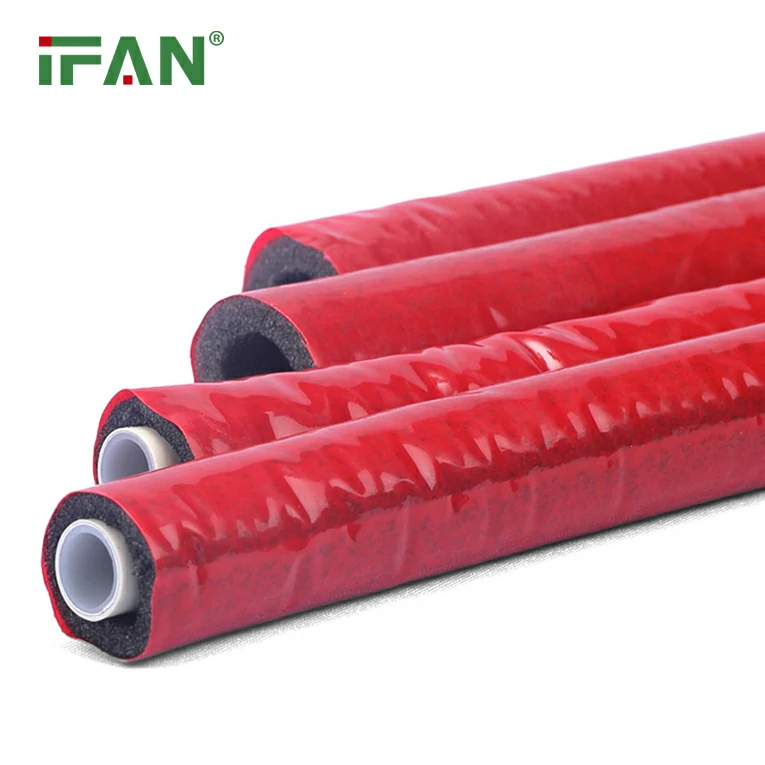
Understanding PEX Pipes
What is PEX?
PEX pipes are flexible plastic pipes made from cross-linked polyethylene. They are commonly used in residential and commercial plumbing applications due to their versatility, ease of installation, and resistance to corrosion. PEX pipes are available in various sizes and colors, making them suitable for both hot and cold water supply lines.
Key Benefits of PEX Pipes
- Flexibility: One of the standout features of PEX is its flexibility. This allows for easy installation in tight spaces and reduces the number of fittings required, minimizing potential leak points.
- Corrosion Resistance: Unlike metal pipes, PEX is resistant to corrosion and scaling, which can significantly extend the lifespan of the plumbing system.
- Thermal Insulation: PEX pipes have excellent thermal insulation properties, helping to maintain water temperature and reduce energy costs, particularly in hot water applications.
- Quick Installation: The lightweight nature of PEX makes it easy to handle and install, which can lead to lower labor costs and faster project completion.
- Reduced Noise: PEX pipes are quieter than traditional metal pipes, which can be particularly beneficial in residential settings.
Uponor PEX Pipe Support Systems
Importance of Pipe Support
Proper support for PEX pipes is essential to ensure their longevity and performance. Inadequate support can lead to sagging, stress on the pipes, and potential leaks. Uponor provides a range of support systems designed to accommodate the unique characteristics of PEX piping.
Types of Pipe Support for PEX
- Hangers and Straps: Uponor recommends using hangers and straps to support PEX pipes at regular intervals. These supports should be installed according to local building codes and the manufacturer’s guidelines to ensure proper spacing and load distribution.
- Brackets: Brackets can be used to secure PEX pipes to walls or ceilings, providing additional stability and preventing movement that could lead to stress or damage.
- Pipe Supports: Specialized pipe supports designed for PEX can help distribute weight evenly and reduce the risk of sagging. These supports are particularly useful in horizontal runs of piping.
- Expansion Loops: Due to the thermal expansion and contraction properties of PEX, Uponor recommends incorporating expansion loops into the piping system. This allows the pipes to expand and contract without putting undue stress on fittings or connections.
- Insulation: In addition to physical support, insulating PEX pipes can help maintain water temperature and reduce condensation, which can lead to mold and mildew issues.
Comparing PEX and PPR Pipes
While Uponor PEX pipes offer numerous advantages, it’s essential to consider alternatives like PPR pipes, which also provide unique benefits.
What are PPR Pipes?
PPR pipes are made from polypropylene, a thermoplastic polymer known for its durability, chemical resistance, and longevity. PPR pipes are increasingly used in plumbing systems for both residential and commercial applications.
Key Benefits of PPR Pipes
- Chemical Resistance: PPR pipes are highly resistant to a wide range of chemicals, making them suitable for industrial applications and environments where chemical exposure is a concern.
- Thermal Stability: PPR pipes can withstand higher temperatures than PEX, making them ideal for hot water applications without compromising their structural integrity.
- Longevity: PPR pipes have a lifespan of over 50 years, significantly longer than PEX. Their resistance to corrosion and wear makes them a reliable choice for long-term plumbing systems.
- Ease of Maintenance: PPR pipes require minimal maintenance and are less prone to leaks compared to PEX systems. This reliability translates to lower long-term costs for property owners.
- Eco-Friendly: PPR pipes are made from recyclable materials, contributing to a more sustainable plumbing solution compared to PEX, which is derived from petrochemicals.
PEX vs. PPR: A Detailed Comparison
When choosing between PEX and PPR pipes, several factors should be considered:
Flexibility vs. Rigidity
- PEX: Offers exceptional flexibility, allowing for easy installation in complex layouts and reducing the need for fittings.
- PPR: While PPR pipes are less flexible than PEX, they can be joined using heat fusion techniques, creating strong, leak-proof connections.
Chemical and Temperature Resistance
- PEX: Resistant to corrosion but may have limitations in high-temperature applications.
- PPR: Highly resistant to chemicals and can withstand higher temperatures, making it suitable for various industrial applications.
Longevity and Maintenance
- PEX: Has a lifespan of 25 to 50 years, depending on installation conditions. May require more maintenance due to potential leaks at fittings.
- PPR: Offers a lifespan of over 50 years with minimal maintenance needs, making it a reliable long-term solution.
Cost Considerations
- PEX: Generally has lower initial costs due to ease of installation but may have higher long-term maintenance costs.
- PPR: While the initial costs may be higher, the longevity and reduced maintenance needs can result in lower lifetime costs.
Installation Techniques for PEX and PPR Pipes
Installing PEX Pipes
- Planning the Layout: Before installation, plan the piping layout, considering the location of fixtures and appliances.
- Cutting the Pipe: Use a pipe cutter to cut PEX pipes to the desired lengths.
- Connecting Fittings: Depending on the type of fittings used (crimp or expansion), secure the connections according to the manufacturer’s guidelines.
- Securing the Pipes: Install hangers or straps to secure PEX pipes to walls or ceilings, ensuring proper spacing to prevent sagging.
- Testing for Leaks: After installation, conduct a pressure test to ensure there are no leaks in the system.
Installing PPR Pipes
- Planning the Layout: Similar to PEX, planning the layout is crucial for PPR installations.
- Cutting the Pipe: Cut PPR pipes to the required lengths using a pipe cutter.
- Heating and Joining: PPR pipes are typically joined using heat fusion techniques. This involves heating the ends of the pipes and fittings until they become soft, then pushing them together to create a strong bond.
- Cooling Period: Allow the joint to cool, solidifying the connection.
- Testing for Leaks: Similar to PEX, conduct a pressure test after installation to ensure there are no leaks.
Conclusion
Uponor PEX pipes are a popular choice for plumbing and heating applications due to their flexibility, ease of installation, and resistance to corrosion. However, as the industry evolves, alternatives like PPR pipes are gaining recognition for their durability, chemical resistance, and longevity. When selecting the right piping material, it’s essential to consider the specific requirements of your project, including the environment, temperature, and potential chemical exposure. By understanding the strengths and weaknesses of both PEX and PPR pipes, industry professionals can make informed decisions that best suit their project needs.
Frequently Asked Questions (FAQs)
1. What are the main advantages of using Uponor PEX pipes?
Uponor PEX pipes offer flexibility, corrosion resistance, thermal insulation, quick installation, and reduced noise, making them ideal for various plumbing and heating applications.
2. Can PPR pipes be used for hot water applications?
Yes, PPR pipes can withstand higher temperatures than PEX and are suitable for hot water applications without compromising their structural integrity.
3. How long do PEX and PPR pipes last?
PEX pipes typically last between 25 to 50 years, while PPR pipes have a lifespan of over 50 years, making them a more durable option.
4. Are PEX pipes susceptible to UV light damage?
Yes, PEX pipes are sensitive to UV light and should not be exposed to direct sunlight for extended periods to prevent degradation.
5. What is the installation process for PPR pipes?
The installation of PPR pipes involves planning the layout, cutting the pipes, heating the ends for fusion joining, and allowing the joints to cool and solidify for a strong connection.

